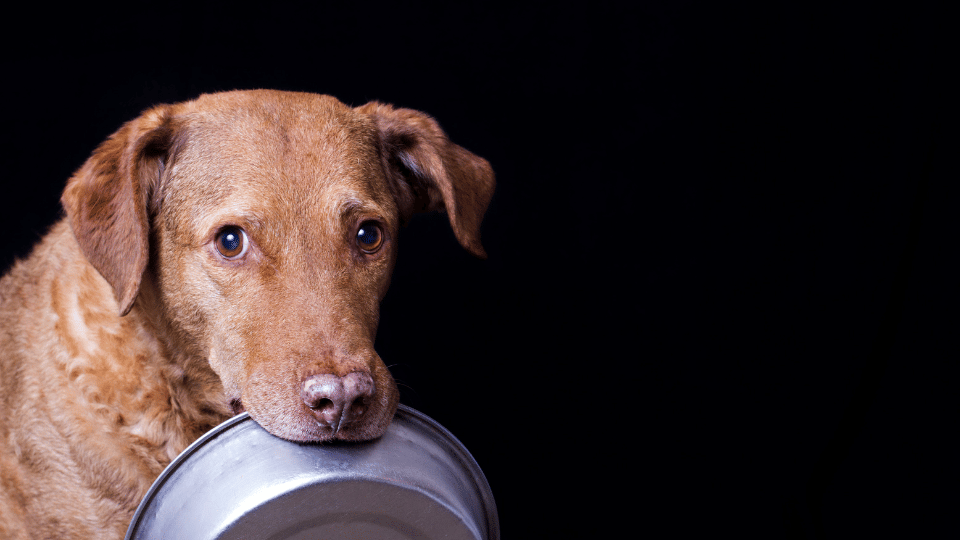
Until now, very few pet food marketed as human grade could be considered as such. This is about to change.
In recent years, the pet food industry has struggled with the definition and use of the term human grade for pet food and specialty pet diets. While the term could be broadly applied to products, it has been a complex process for both pet owners and manufacturers to understand and navigate.
Human grade – or just edible?
A product formulated for a human diet is unlikely to be nutritionally adequate for a pet and not necessarily appropriate for animal consumption. A product might claim to be human grade because its ingredients ‘came from a United States Department of Agriculture (USDA) meat-packing plant’, but those ingredients alone are not enough to substantiate this claim.
Edible is a standard; human grade is not. Pet owners need to understand that not everything they and their families can eat, is safe for their pets. For example, chocolate, macadamia nuts and onions, to name a few, are edible and healthful for humans but can be toxic to cats and dogs – so human grade does not automatically equal nutritional safety for pets.
The USDA defines products fit for human consumption to be ‘edible’. Such foodstuffs have been processed and inspected, and they have passed manufacturing process control regulations designed to assure safety for consumption by humans.
New standard
Recently, the Association of American Feed Control Officials (AAFCO) has developed a standard for making human-grade claims on pet food. It states that every ingredient and the resulting product must be stored, handled, processed and transported in a manner that is consistent and compliant with 21 Code of Federal Regulations (CFR) part 117 and all other applicable federal human food laws as required by ingredient, process and/or facility type.
If those conditions are met for a pet food, human-grade claims may be made. If the conditions are not met, the claim is unqualified and the product is misbranded – a violation subject to enforcement action on the responsible party. The presence of ‘human grade’ on a pet food label implies a product or its ingredients meet the legally recognized edible standard.
However, whether a product is advertised as human grade does not determine a product’s safety; all pet food products must also meet established animal feed safety requirements, including being unadulterated.
The official definition
AAFCO recently approved its new standard for human- grade pet and specialty pet food products. The AAFCO Guidelines for ‘Human Grade’ Claims, along with the new standard, outline how all human-grade pet food products should be manufactured in accordance with the acceptable regulations for ready-to-eat human food.
Pet food and specialty pet food manufacturers who intend to use the human-grade claim should adhere to the processing, packaging and labeling expectations stated in the standard, which specifies:
-
Every ingredient and the resulting product must be in compliance with 21 CFR part 117 and all other applicable federal human food laws as required by ingredient, process and/or facility type.
-
Manufacturers must be registered as both US Food and Drug Administration (FDA) human food and FDA animal food facilities, with appropriate documentation.
-
Processing and/or packing of the final product identified within the Hazard Analysis and Critical Control Point (HACCP)/Food Safety Plan should occur in a space dedicated to producing an edible, ready-to-eat food.
-
There should be clear labeling for the intended use as animal food, such as ‘dog food’ or ‘cat treats’.
-
The term human grade should appear in labels and product specifications.
Manufacturers are also encouraged to participate in the optional USDA Agricultural Marketing Services (AMS) Process Verified Program (PVP). The PVP is a verification service conducted by the USDA AMS to ensure that manufacturers who use the human-grade claim meet all requirements. Approved companies may market themselves as USDA Process Verified and include the USDA PVP shield on all packaging, labeling and promotional materials.
With these guidelines in place, pet owners can now buy what they feel is best for their pet with reassurance that human-grade claims are truthful and not misleading.
The latest articles

How pet parents will shop for their pets this Christmas
A new survey takes the pulse on holiday shopping trends in the UK, including popular categories and average spending.

General Mills’ pet portfolio posts negative performance
Both revenue and net sales dropped by 4% in the last quarter amid less demand.

Negotiations of new EU rules on sustainable packaging to kick off in 2024
The Council and the Parliament will start the legislative process to design regulations regarding the packaging and packaging waste proposal put forward by the European Commission last year.
Weekly newsletter to stay up-to-date
Discover what’s happening in the pet industry. Get the must-read stories and insights in your inbox.